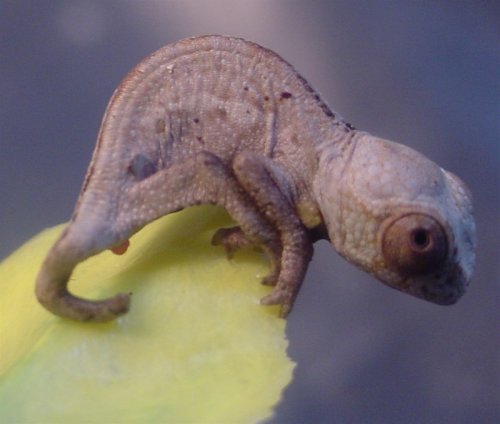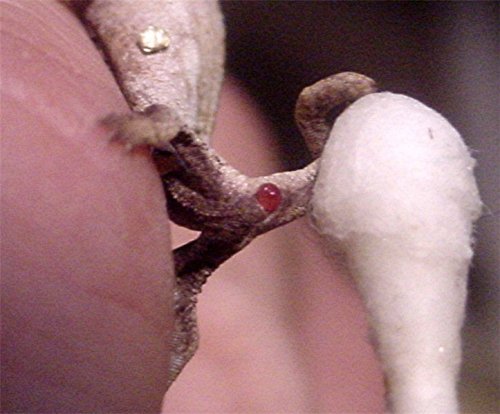I woke up this morning to find myself a new years cham that just hatched. Being all excited I took him out and didn't even notice for about 5 minutes that he was missing something..... About 60-70% of his tail. Guess I musta just thought it was curled up. He is gettin around great, woke up really fast and started climbing.
I am worried because he seems to have what looks like a possible prolapse. It looks like the tail being curved pused the hemipenes out of their normal location. I guess it could also be like a chameleon hemeroid, but I find it unlikely as he hasn't had a bowel movement.
Here he is....



Anyone had this happen before?
Any ideas on what I can do to help him if possible?
By the way all 21 of his brothers and sister are perfect in every way.
I am worried because he seems to have what looks like a possible prolapse. It looks like the tail being curved pused the hemipenes out of their normal location. I guess it could also be like a chameleon hemeroid, but I find it unlikely as he hasn't had a bowel movement.
Here he is....



Anyone had this happen before?
Any ideas on what I can do to help him if possible?
By the way all 21 of his brothers and sister are perfect in every way.







